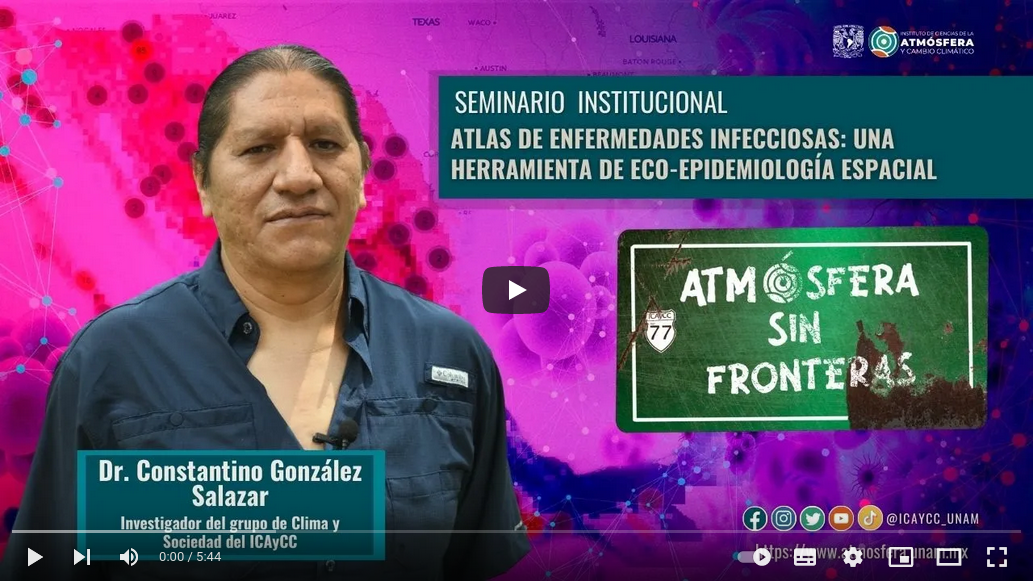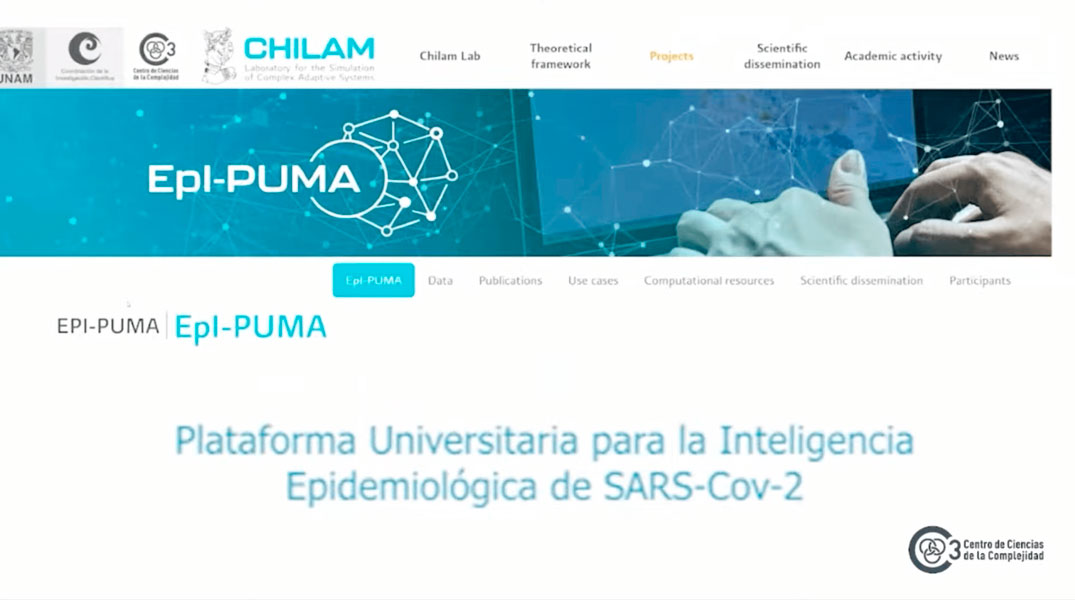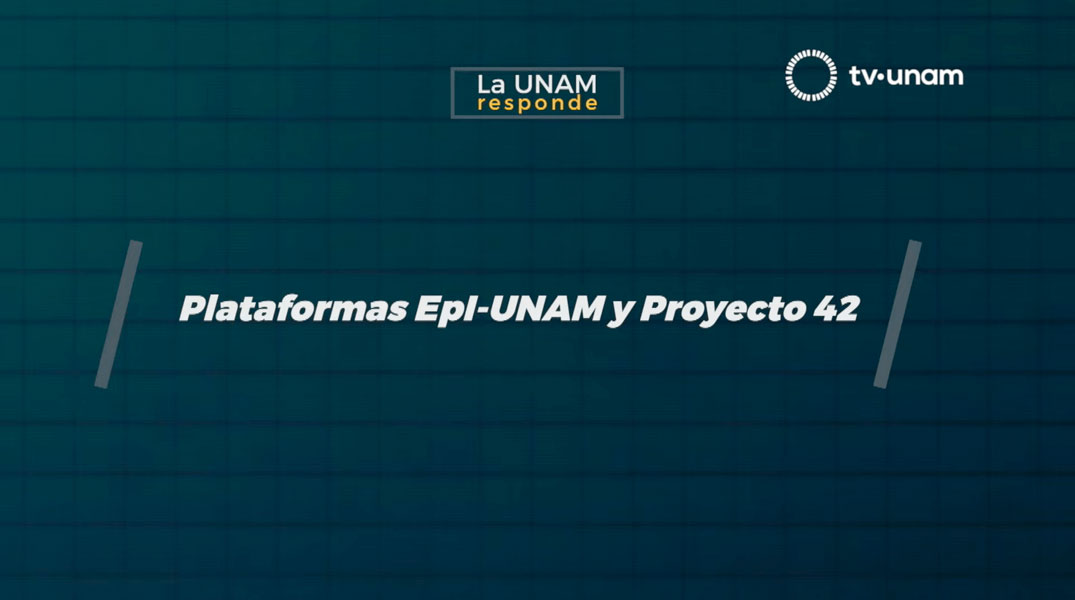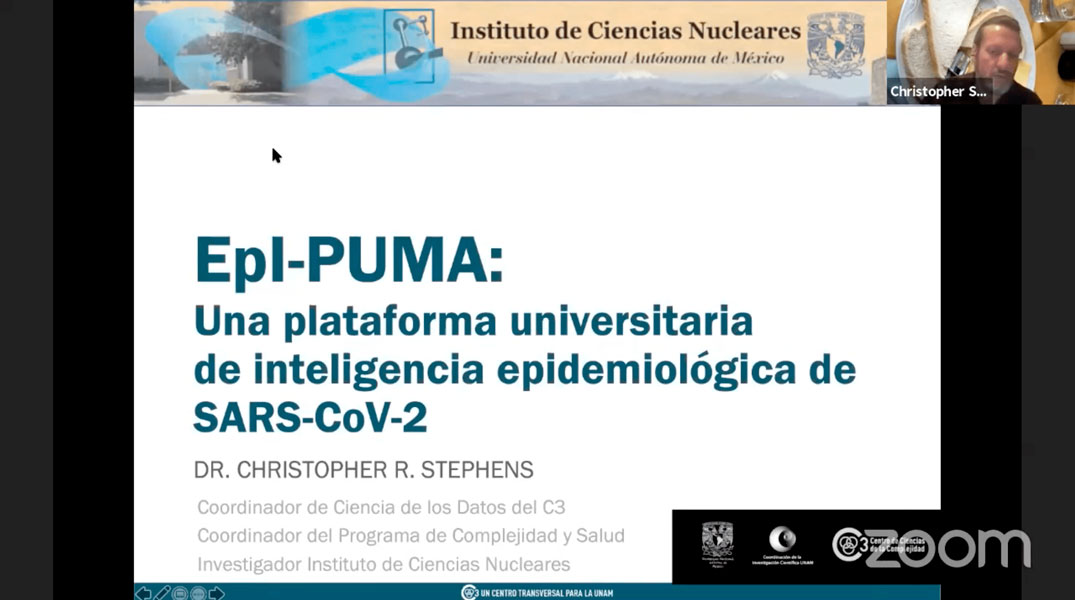News
Calls for Applications
Courses
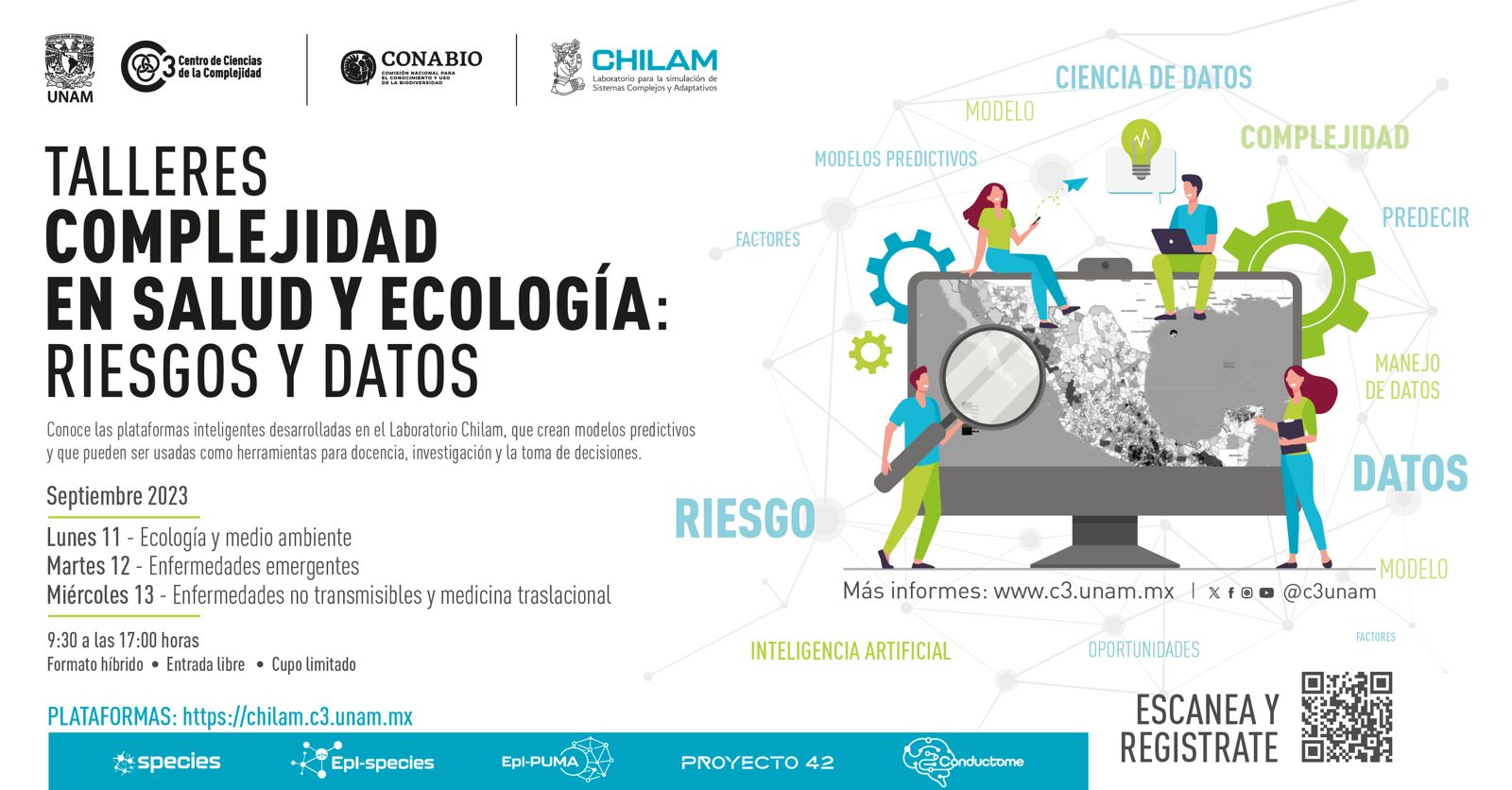
Data science, driven by the Data Revolution and Artificial Intelligence, offers unprecedented opportunities to address major societal challenges. These workshops will showcase contributions from C3 and its partners through the Chilam Laboratory, demonstrating how Data Science can be applied to tackle these issues.

Learn data mining by tackling real-world problems and analyzing actual data from various sectors, such as health, education, business, and crime. Beyond learning a collection of analysis algorithms, the main goal is to develop skills in data modeling and become a proficient data scientist. Each student will complete a research project with publishable results. For inquiries: stephens@nucleares.unam.mx and romel.calero@c3.unam.mx
Presentations
Book Presentation: “Climate Change in Mexico”
This book presents the current state of knowledge on climate change across three fundamental areas for human and ecosystem well-being: food security, health, and biodiversity conservation. While these areas may appear unrelated, ensuring food security relies on ecosystem conservation, which is essential for access to adequate health.
Video Capsule: Atlas of Infectious Diseases and Climate Change Impact
The Atlas of Infectious Diseases is a public resource for visualizing the spatiotemporal information of diseases in Mexico and facilitating analysis for academic and governmental users. ICACC-UNAM, April 23, 2023.
Chagas Disease Risk Map: Mexico, Third Country with Most Infected
At the Center for Complexity Sciences (C3) of UNAM, Dr. Laura Rengifo Correa develops a risk map for Chagas disease, which affects around eight million people worldwide. Gaceta UNAM, May 31, 2022.
Launch of EpI-PUMA
Virtual press conference. Monday, November 22, 2021. Center for Complexity Sciences (C3).
EpI-PUMA University Platform for Epidemiological Intelligence
Dr. Christopher Stephens. September 18, 2020. Institute of Nuclear Sciences.
Scientific Articles
Assessment of the potential establishment of Lyme endemic cycles in Mexico

Constantino González-Salazar, Christopher R. Stephens, and Anny K. Meneses-Mosquera. Assessment of the potential establishment of Lyme endemic cycles in Mexico. Journal of Vector Ecology 46(2), 207-220, (4 November 2021). https://doi.org/10.52707/1081-1710-46.2.207
November 4, 2021
Complex Network inference using EpI-SPECIES identifies potential interactions between vectors (Ixodes ticks) and hosts (migratory birds from the U.S.), highlighting those capable of maintaining the circulation of Borrelia burgdorferi, the pathogen responsible for Lyme disease, across Mexico.
Using data mining and network analysis to infer arboviral dynamics: The case of mosquito-borne flaviviruses reported in Mexico
Jesús Sotomayor-Bonilla, Enrique D. Callejo-Canal, Constantino González-Salazar, Gerardo Suzán, Christopher R. Stephens. Using data mining and network analysis to infer arboviral dynamics: The case of mosquito-borne flaviviruses reported in Mexico. Insects. 2021, 12, 398. https://doi.org/10.3390/insects12050398
April 29, 2021
EpI-SPECIES enables the discovery of complex networks within multi-flavivirus systems, including vectors and hosts, covering Dengue, Yellow Fever, St. Louis Encephalitis, and West Nile Virus.
Niche theory-based modeling of assembly processes of viral communities in bats
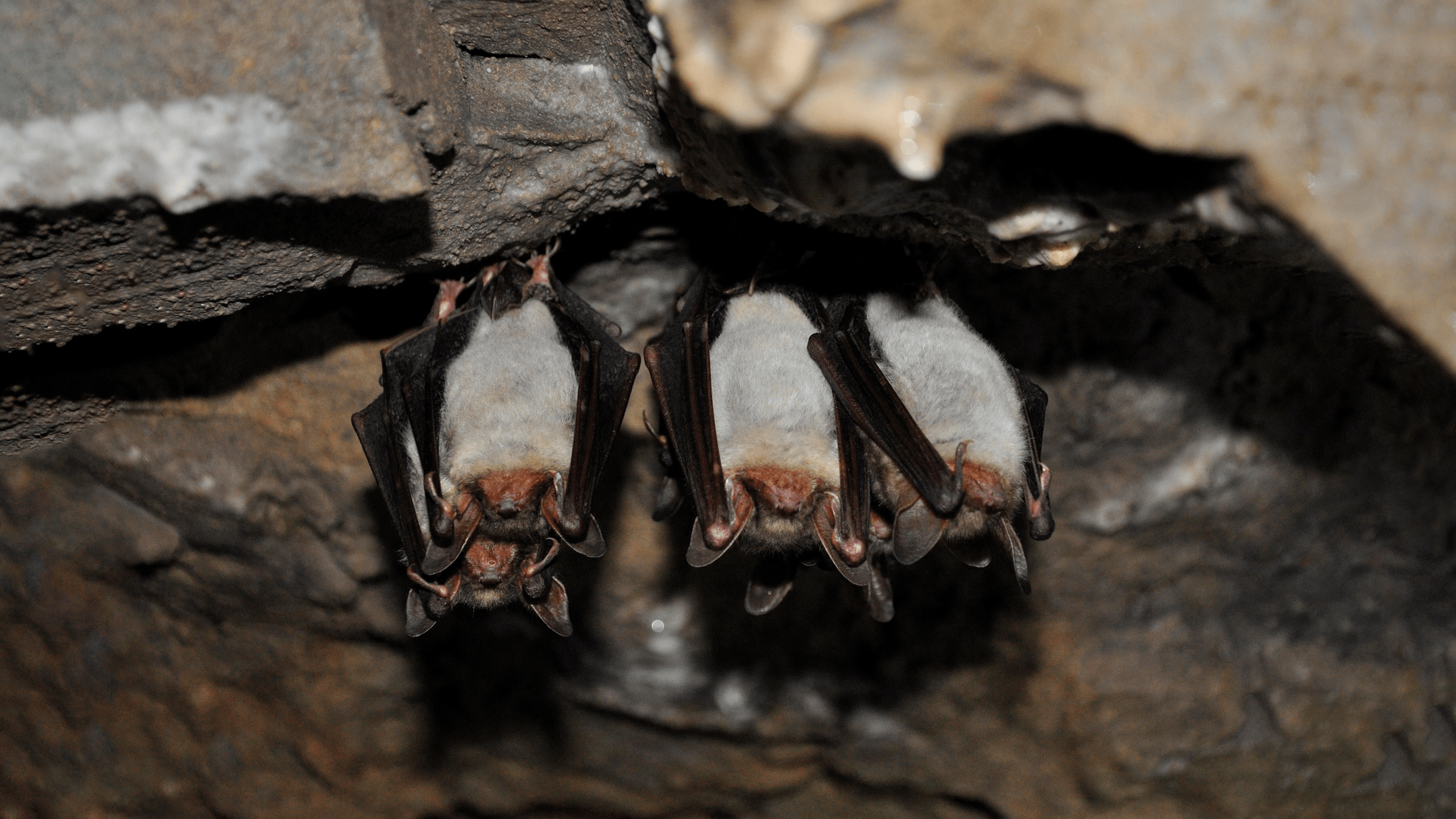
Fabiola Nieto-Rabiela, Oscar Rico-Chávez, Gerardo Suzán, Christopher R Stephens. Niche theory-based modeling of assembly processes of viral communities in bats. Ecol Evol. 2021; 11: 6305–6314. https://doi.org/10.1002/ece3.7482
April 3, 2021
EpI-SPECIES allows analysis of viral community diversity in bats across Mexico, assessing associations with hosts’ phylogenetic and functional traits, as well as geographic co-occurrence with other species.

